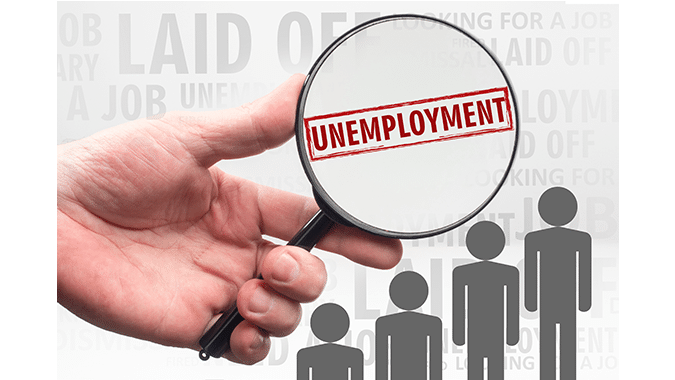A new nationwide survey finds that 70% of employees plan to remain with their current employer for the next year, and that the top reason for staying is “good work-life balance.”
According to the Bank of America Institute’s 2024 Workplace Benefits Report, 66% of employees said a good work-life balance was their main reason for staying with their current company, followed by compensation (53%) pay increase potential (43%) and competitive workplace benefits (39%).
A four-day workweek leads the list of additional benefits that 64% of employees want to see their employers offer within the next three to five years, however, only 42% of employers said they would be open to implementing that change, the report said.
Wellness reimbursements, such as Lifestyle Spending Accounts (LSAs), are a trending benefit that 48% of both employers and employees expressed interested in. LSAs help employees pay for a range of health and wellness expenses while providing employers with a way to encourage healthy behaviors — potentially reducing healthcare costs and absenteeism.
Qualified LSA expenses may include gym memberships, meditation classes and camping supplies. Currently, 29% of employers surveyed said they offer an LSA benefit, while only 3% of employees said they are aware that an LSA is offered in their workplace. This points to a need for more education about this benefit and how it works, the report said.
Debt assistance is another priority for employees, with 1 in 2 workers surveyed saying they carry mortgage or credit card debt and 1 in 4 carrying student loan debt. Employers are exploring ways to support employees' financial well-being, with 37% of those surveyed offering student loan assistance and 50% matching contributions that employees make to their 401(k) retirement plans.
Two-thirds of employees surveyed felt confident they could build “sufficient” retirement savings in their 401(k), but most underestimate the amount of savings they would need to cover medical expenses in their retirement, the report said.
“Current research shows that a retired 65-year-old couple could need $351,000 in savings to cover their retirement health care expenses, yet only 7% of employees think their yearly health expenses in retirement could total $10,000 or more,” the report said.
Employees also don’t understand how they will pay for medical expenses, with almost a third saying they don’t know how much Medicare will cover and most not using their Health Savings Account (HSA) to help build savings to help them close the gap, the report said.
For example, 70% of employers and 66% of employees do not know that HSAs can be invested for the potential to build account balances to help pay for health care expenses in retirement, the report said.




